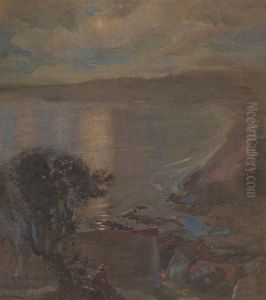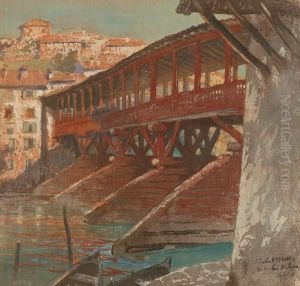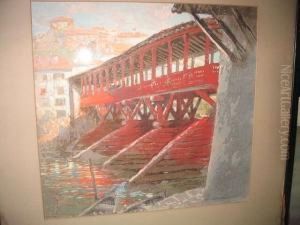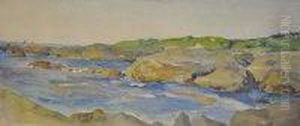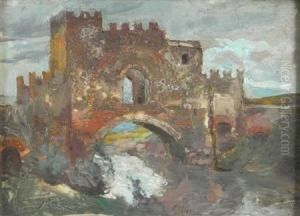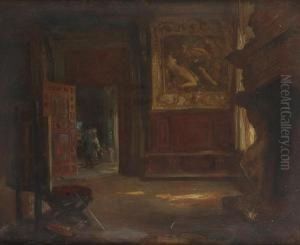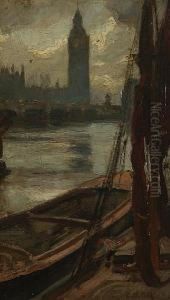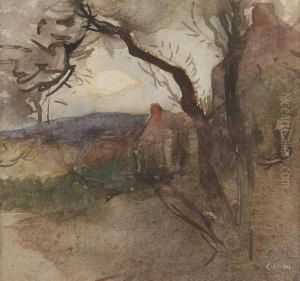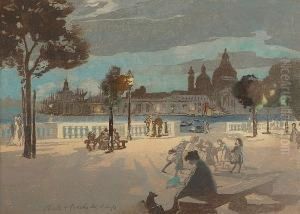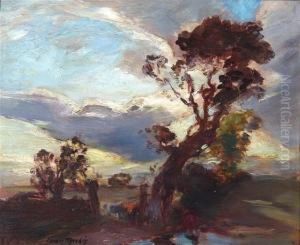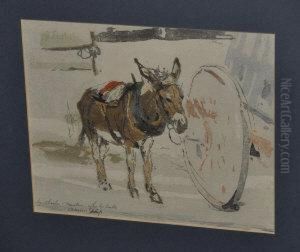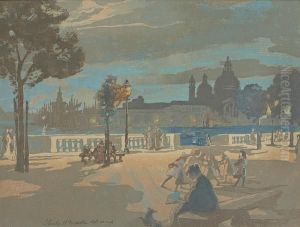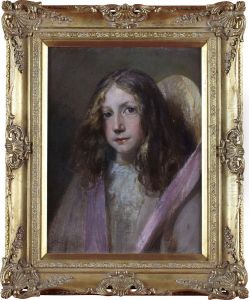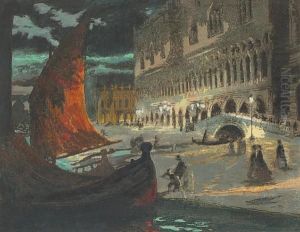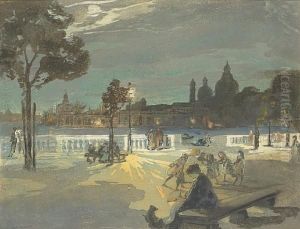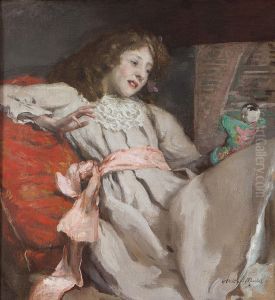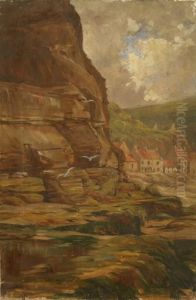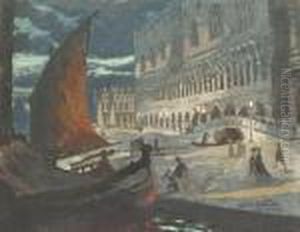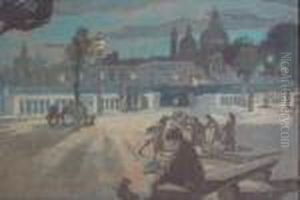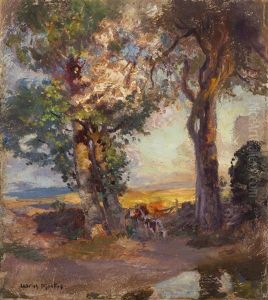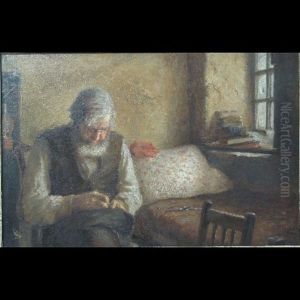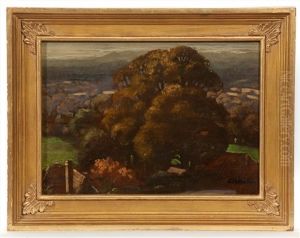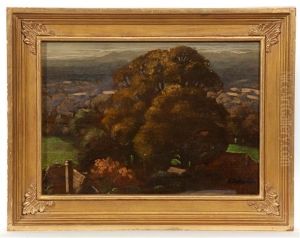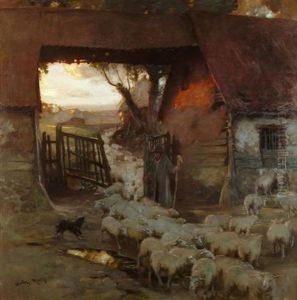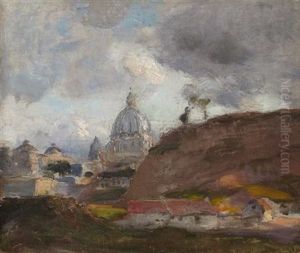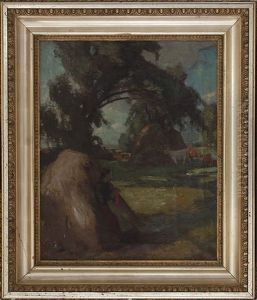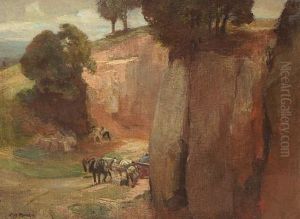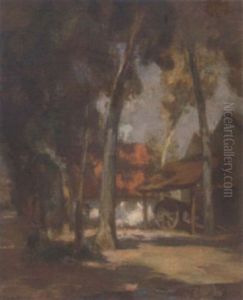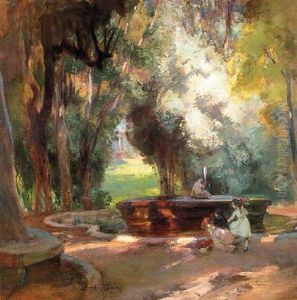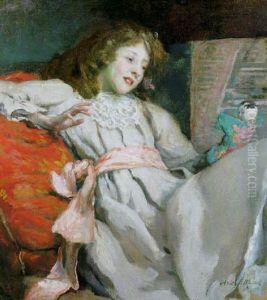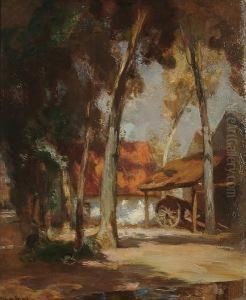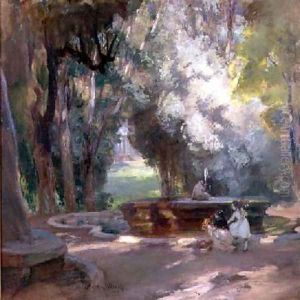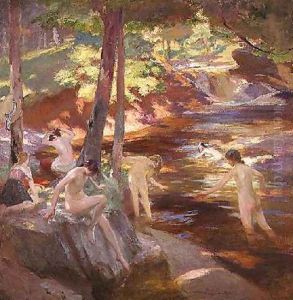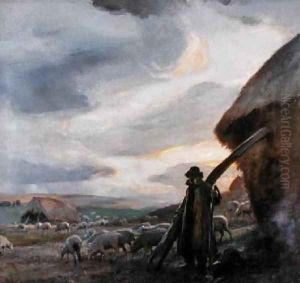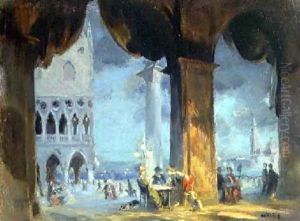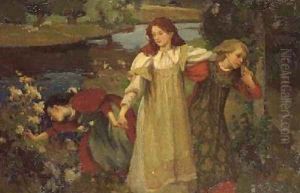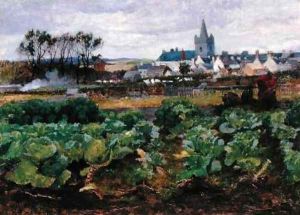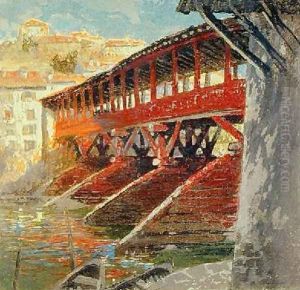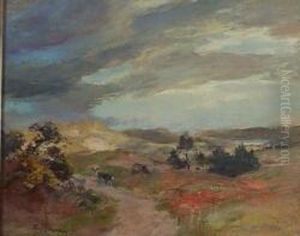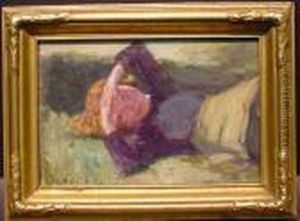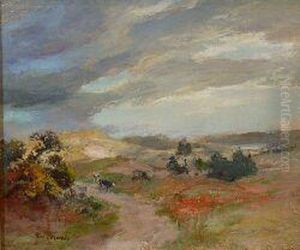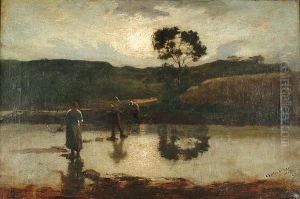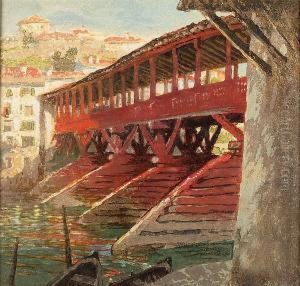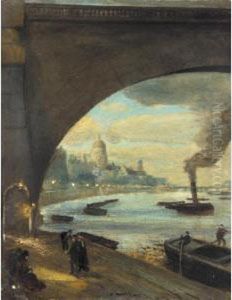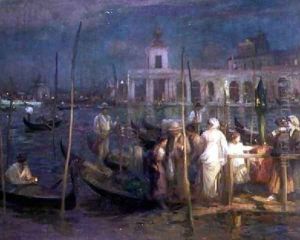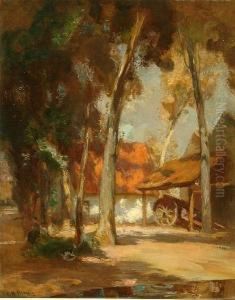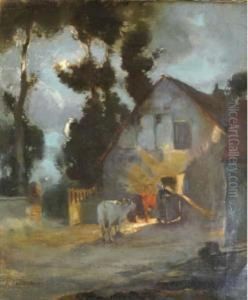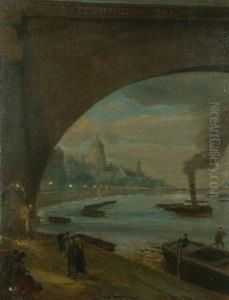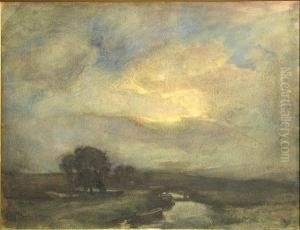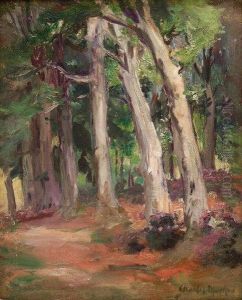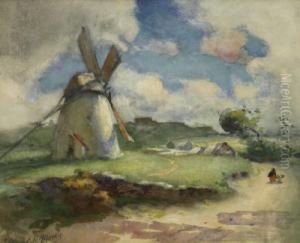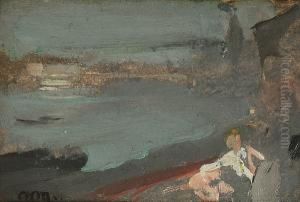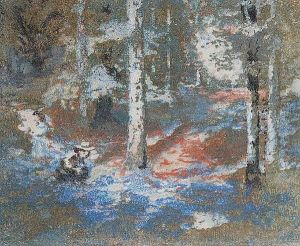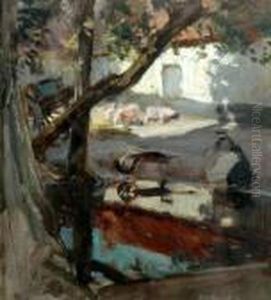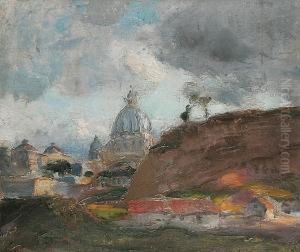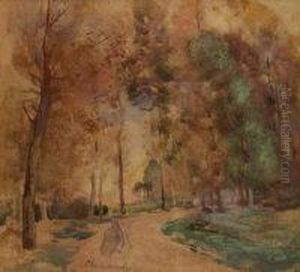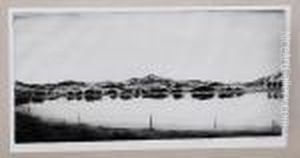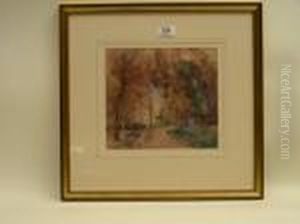Charles Hodge Mackie Paintings
Charles Hodge Mackie was a Scottish painter and printmaker, associated with the Glasgow School of artists and known for his influence on Scottish art in the late 19th and early 20th centuries. Born on October 26, 1862, in Aldershot, England, Mackie spent most of his formative years in Scotland. He studied at the Edinburgh School of Art and later at the Royal Scottish Academy, where he developed his skills in painting and etching.
Mackie was deeply influenced by the French Symbolists and the work of the Glasgow Boys, which was evident in his vibrant use of color and his interest in capturing mood and atmosphere. He traveled extensively in Europe, including a significant period in France, where he was influenced by the work of the Impressionists and Post-Impressionists. These experiences broadened his artistic horizons and contributed to his distinctive style.
Throughout his career, Mackie experimented with different techniques and media. He was proficient in oil painting, watercolor, and printmaking, including woodcuts and etchings. His subject matter was diverse, ranging from landscapes and cityscapes to historical and allegorical themes.
In addition to his painting and printmaking, Mackie was also involved in mural painting and decorative arts. He collaborated on several projects, including the decoration of the dome of the McEwan Hall at the University of Edinburgh. His work in the applied arts extended to designing tapestries and stained glass, reflecting the Arts and Crafts movement's influence on his work.
Mackie's contributions to Scottish art were significant, and he served as a bridge between traditional Scottish art and the new ideas and styles emerging from Europe. Despite his talent and influence, Mackie is not as well-known as some of his contemporaries. He passed away on May 3, 1920, in Edinburgh, leaving behind a body of work that continues to be appreciated for its color, technique, and originality.
